Imogen Kennard-King is back with an excellent blog post on the weird and wonderful world of MONA, Museum of Old and New Art. Thank you Imogen!
After a long absence, I am back with a blog sharing some observations from a recent visit to MONA, the Museum of Old and New Art, in Hobart, Tasmania. This was my first visit to both Tasmania and MONA. After studying, hearing about and writing about this museum from a distance since its opening in 2011, I was very eager to see it for myself. I was keen to see if the museum would live up to the extraordinary hype that surrounds it. This seemed almost impossible from the varied experiences and opinions I had heard prior to my visit. The central themes of sex and death have meant that the museum has always occupied a controversial space and inevitably drawn disparate and extreme reactions from visitors and commentators. While preparing for my visit I wasn’t sure how long to allow to ensure I saw everything and didn’t feel rushed. I couldn’t find much useful advice online so will share my timings here.
I caught the first ferry across from Hobart which arrived at MONA for its 10 am opening. Visitors are strongly encouraged to access the museum via the ferry – this is how it was designed and the site does look great from the water. This ferry was not busy at all, which meant that I was in some exhibition spaces by myself until later ferries arrived. I went through the museum, visiting all the rooms (I think!), some more than once, had lunch in the café and spent a decent amount of time in the outdoor areas. I got the 1:45pm ferry back to Hobart, and felt that I had seen all I needed to. I did not view any of the temporary exhibitions which had an additional cost. You book your return ferry trip times when purchasing your museum entry and can easily change your return ferry time at the information desk which is great. If you wanted to do all of the above and view one or more of the paid temporary exhibitions and/or have a longer lunch at one of the many venues on site (the café was great and very quick) I would choose a later return ferry. I definitely recommend getting the first ferry over in the morning – later ferries were arriving completely full.


There is plenty to be read elsewhere on what is trying to be achieved at MONA and how it sits within the cultural landscape of Hobart and in the minds of Tasmanians so I won’t cover that here. It is the private collection of one eccentric millionaire which is something to keep in mind when viewing or critiquing. I have found that visitors often feel a sense of ownership over museum spaces and collections, particularly visual arts collections, and can get offended when they see something that they disagree with. MONA is an interesting reminder that, to a large extent, what you think about what you see in a gallery (particularly a private one) really doesn’t matter. It did make me wish that I was as wealthy as David Walsh, the owner, so that I too could afford to interpret the world through an art collection. I’ll share here a few things that stood out to me and how they sit within some of the broader discussions of MONA that I’ve often heard.
The whole building and precinct is really an artwork in itself so even if you’re not into art it is worth visiting for the architecture alone. One of the first artworks I came across was Untitled 1991/2011 by Jannis Kounellis, consisting of a bowl of water with goldfish and knife. This remained one of my favourite artworks in the whole museum. The novelty of live animals as a part of the art worked for me. I was interested to read about the frequent anger that visitors express in response to this work, and the irony this generates as “the only reason that we should torture animals is for food…entertainment…or art, that’s just indulgent” – David Walsh. Of course, the knife gives the visual metaphor of torture but the fish themselves are safe and are returned to a more spacious habitat every night and share their performative role with a number of other aquatic colleagues.

I am not usually a big fan of modern or contemporary art, which I assumed was what made up the majority of the collection of MONA. There was certainly a lot of contemporary art, with “older” pieces mixed in. I was surprised at how much I enjoyed the digital and video works. I didn’t find many of the artworks with an explicit theme of sexuality or death confronting. One of the works that I found the most challenging was a large, long room which was filled with computer monitors and lights. The room was mostly pitch black and was illuminated at random with fluorescent strobe lighting which was accompanied by a loud, screeching electronic soundscape.
I was looking forward to seeing the artwork that is often referred to as the “vagina wall”, or, Cunts…and other conversations by Greg Taylor and friends, one of the most well-known works at MONA. This work does have a great impact and is displayed in a really effective way. I was surprised, and then on reflection, not surprised at all, to learn that this artwork is by a male artist. The artist’s explanation of this work does not sit well with me (I’ll let you look it up yourselves) and many others would likely agree. However, that certainly doesn’t mean the artwork doesn’t deserve to be displayed. A further issue I had with the interpretation of this artwork relates to “The O”, which is the app MONA uses to provide information on the artworks on display. There are no traditional labels displayed with the works. Rather, visitors must use an app or O device provided by MONA to access information on the works and artists. Users have the option to “love” or “hate” works via the app. You also have the option of including a written comment with your reaction. An example of what I assume were previous visitor’s written comments (usually witty and observant) also popped up on this screen. When I selected “love” for Cunts…and other conversations, the comment that popped up was “some may want to see a doctor”. This comment didn’t sit well with me and felt far more like body shaming than the perceived inclusivity and diversity that the artwork itself represents. A comment that perhaps hasn’t aged as well as its writer would have hoped, or was never as funny as they thought it was.


This issue leads me to one of the other negatives that stood out for me at MONA. I have thought and written about the ethical and practical issues of not having object labels in the museum before, and I remain undecided on this practice after experiencing it for myself. The main benefit I can think of for this system is that it encourages visitors to view the artworks independently, without feeling the need to read an artist’s statement or curatorial explanation. I definitely benefitted from this as I probably spent more time looking at artworks I might have otherwise overlooked. However, issues of attribution and the practicalities of the technology itself outweigh this benefit for me. So many artists have fought their whole careers for proper attribution and acknowledgment of their work. To distance the artist from their work feels, to me, like a step backwards, one towards disrespect. I also observed most other visitors spending more time staring at the app than actually looking at the artworks in front of them, which was disappointing.



Despite this, I came away from MONA a convert, glad that it exists and excited to return in the future to see what other weird stuff people can come up with.
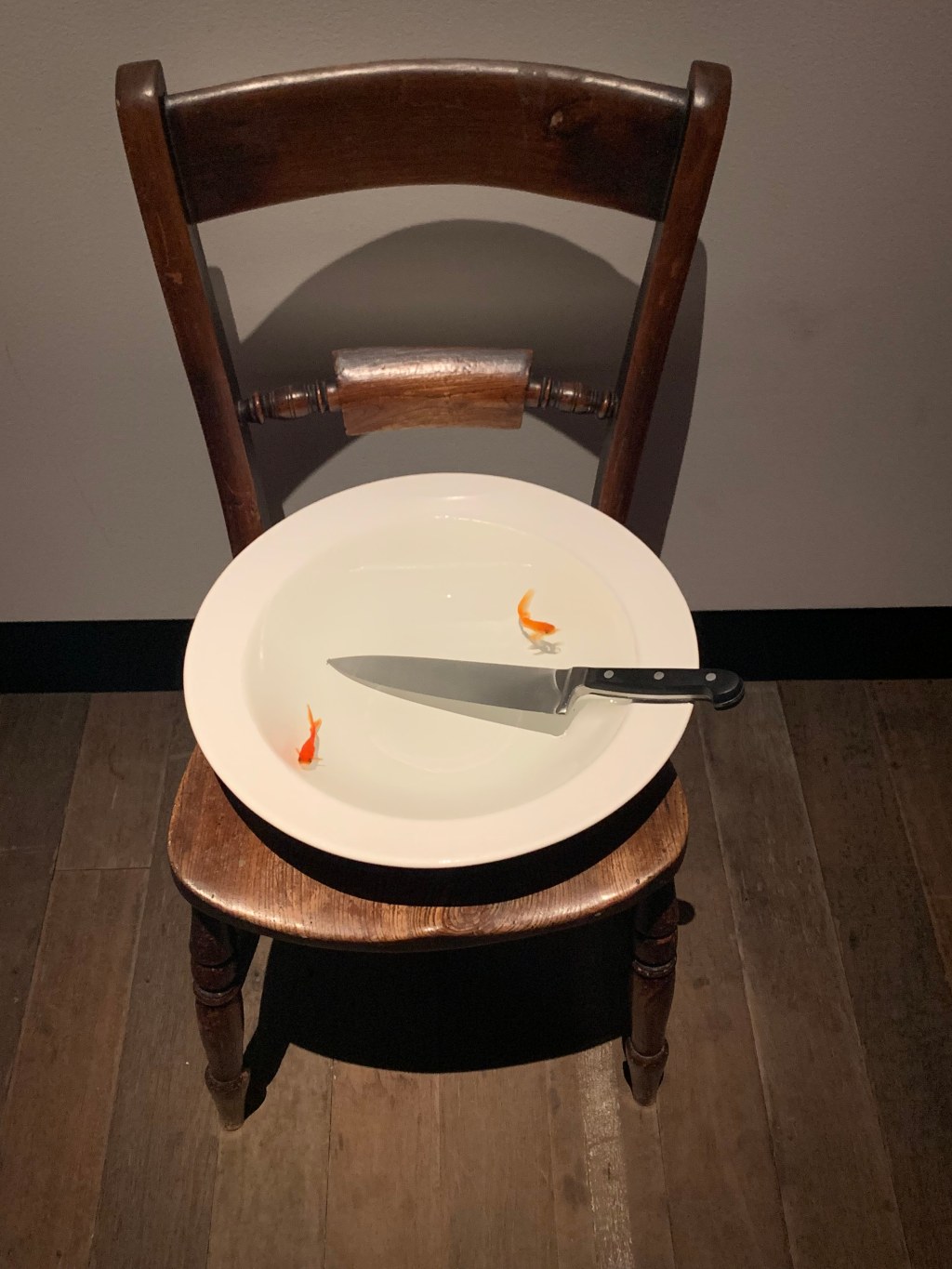

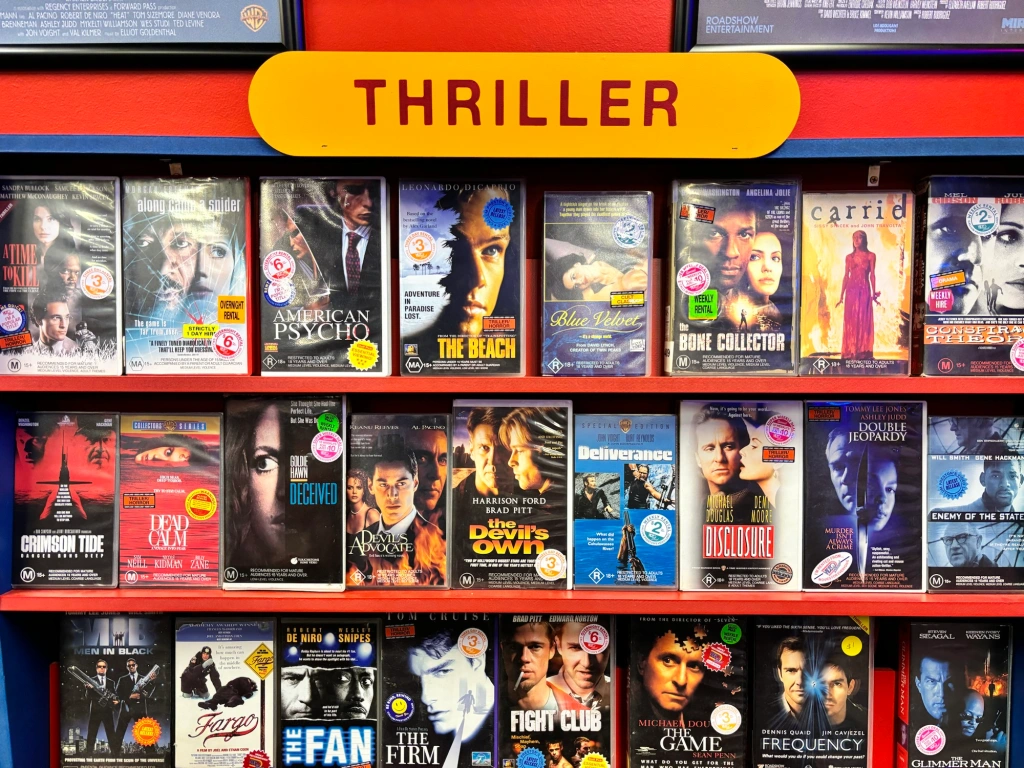
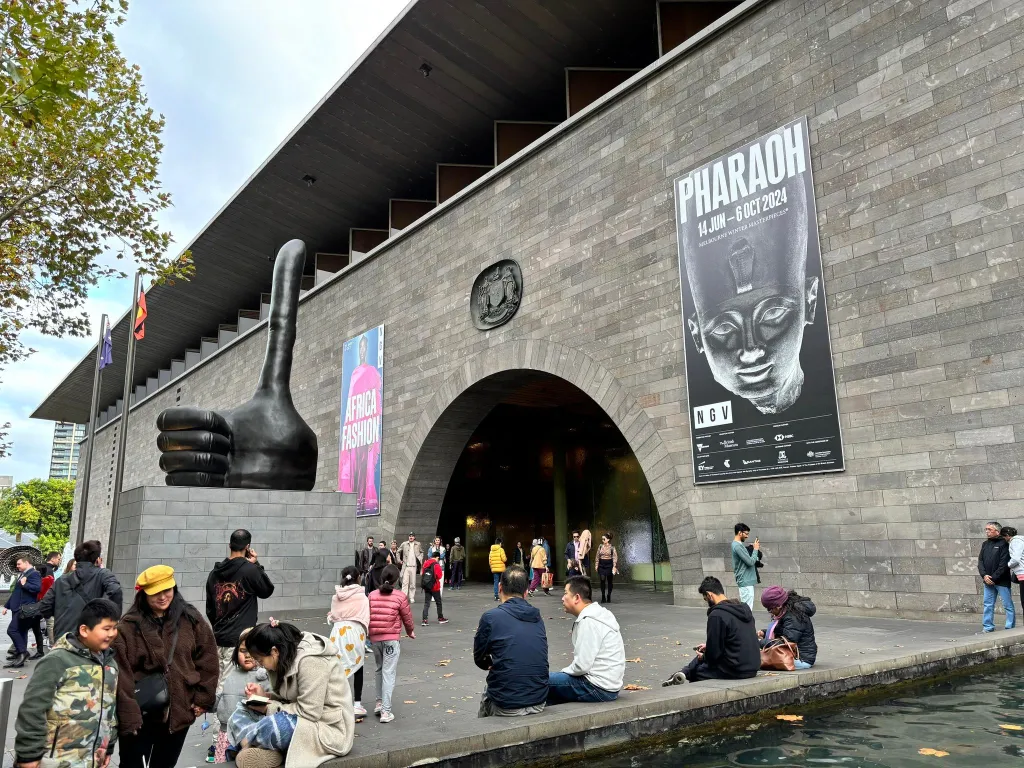
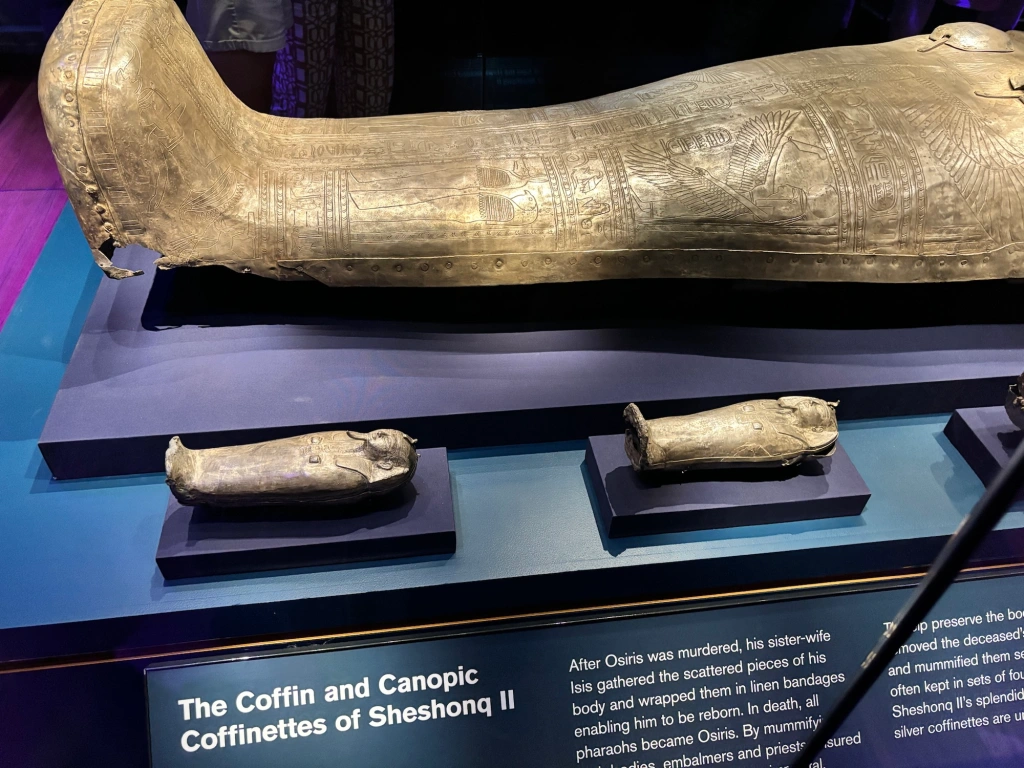

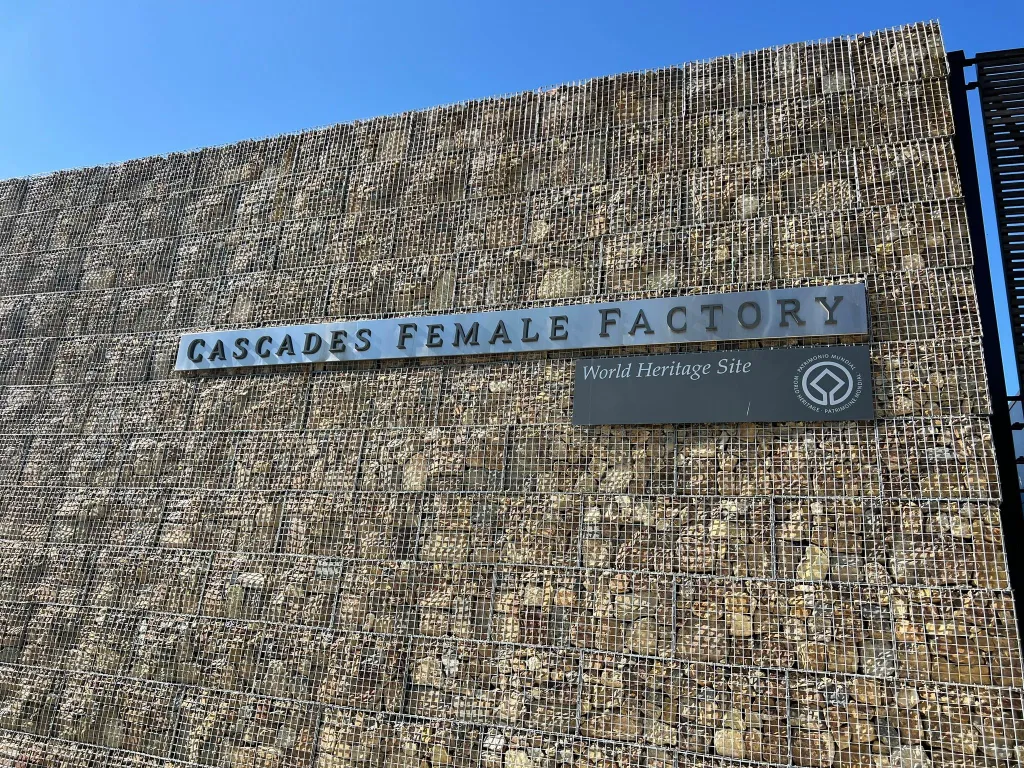
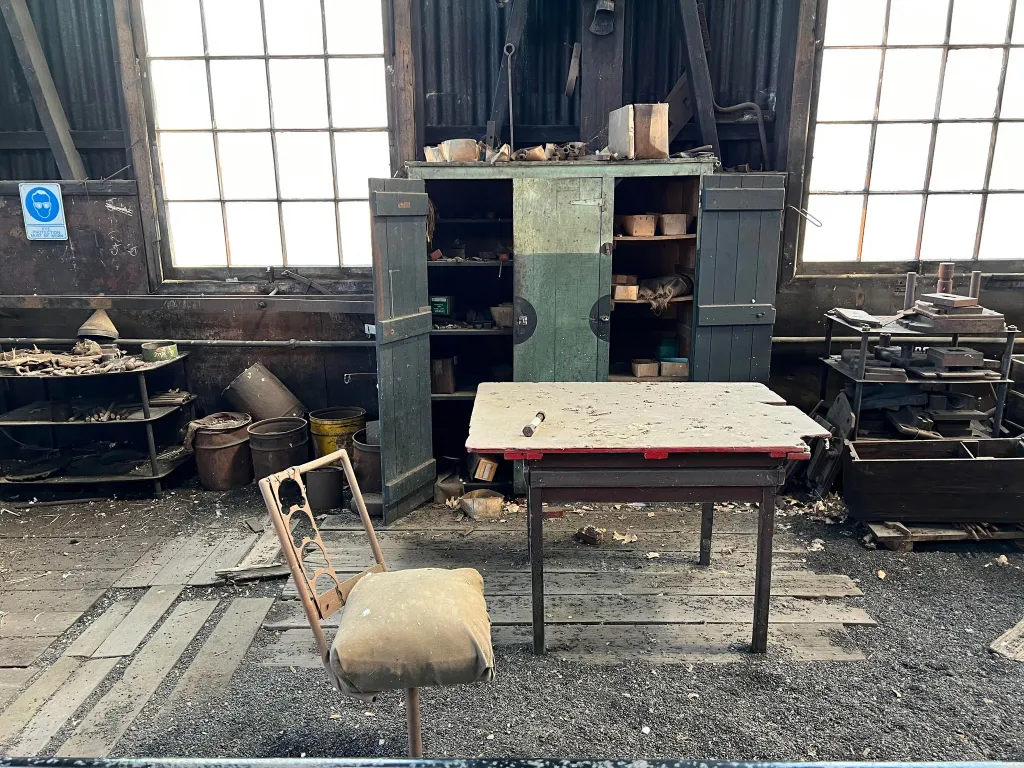
Leave a comment